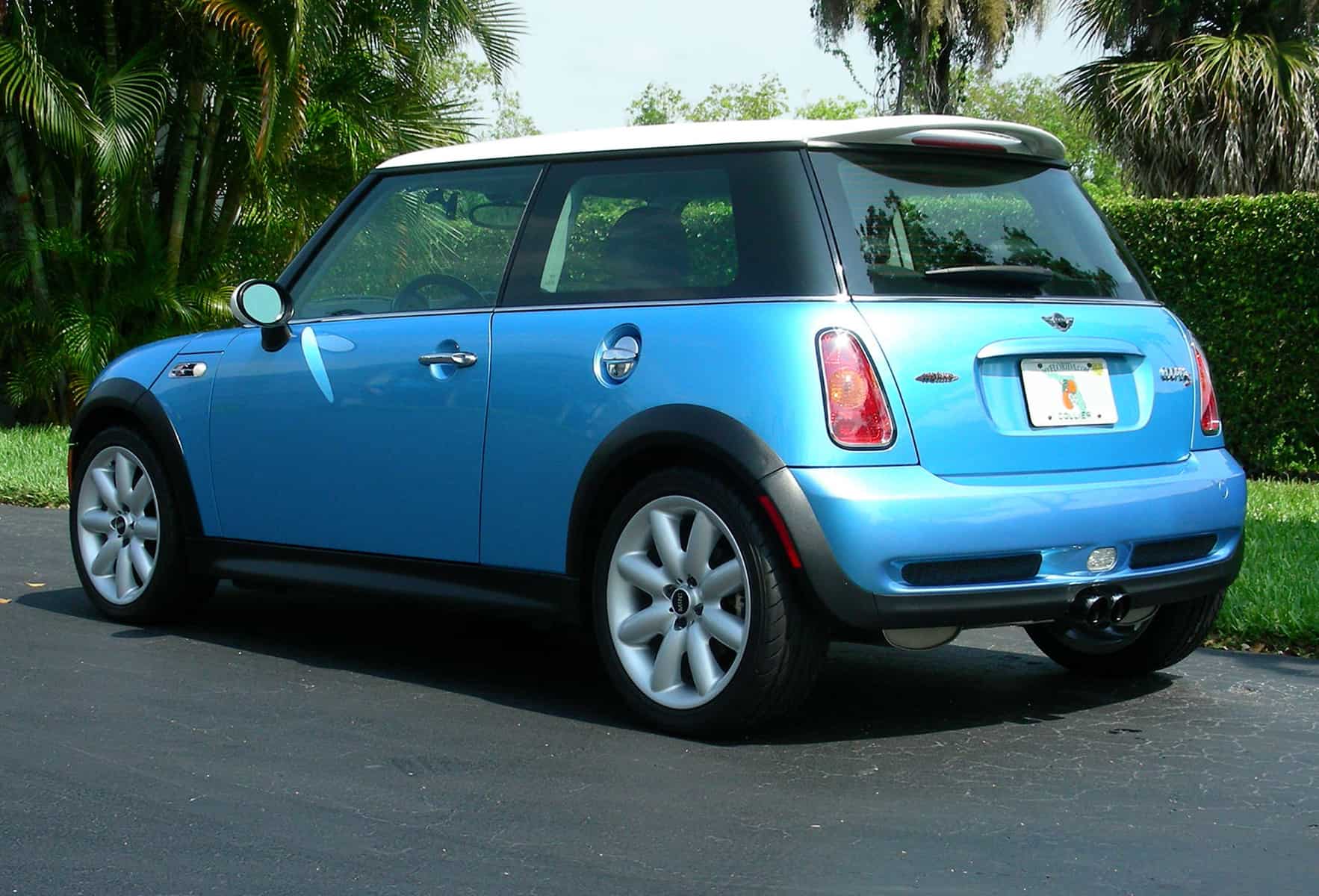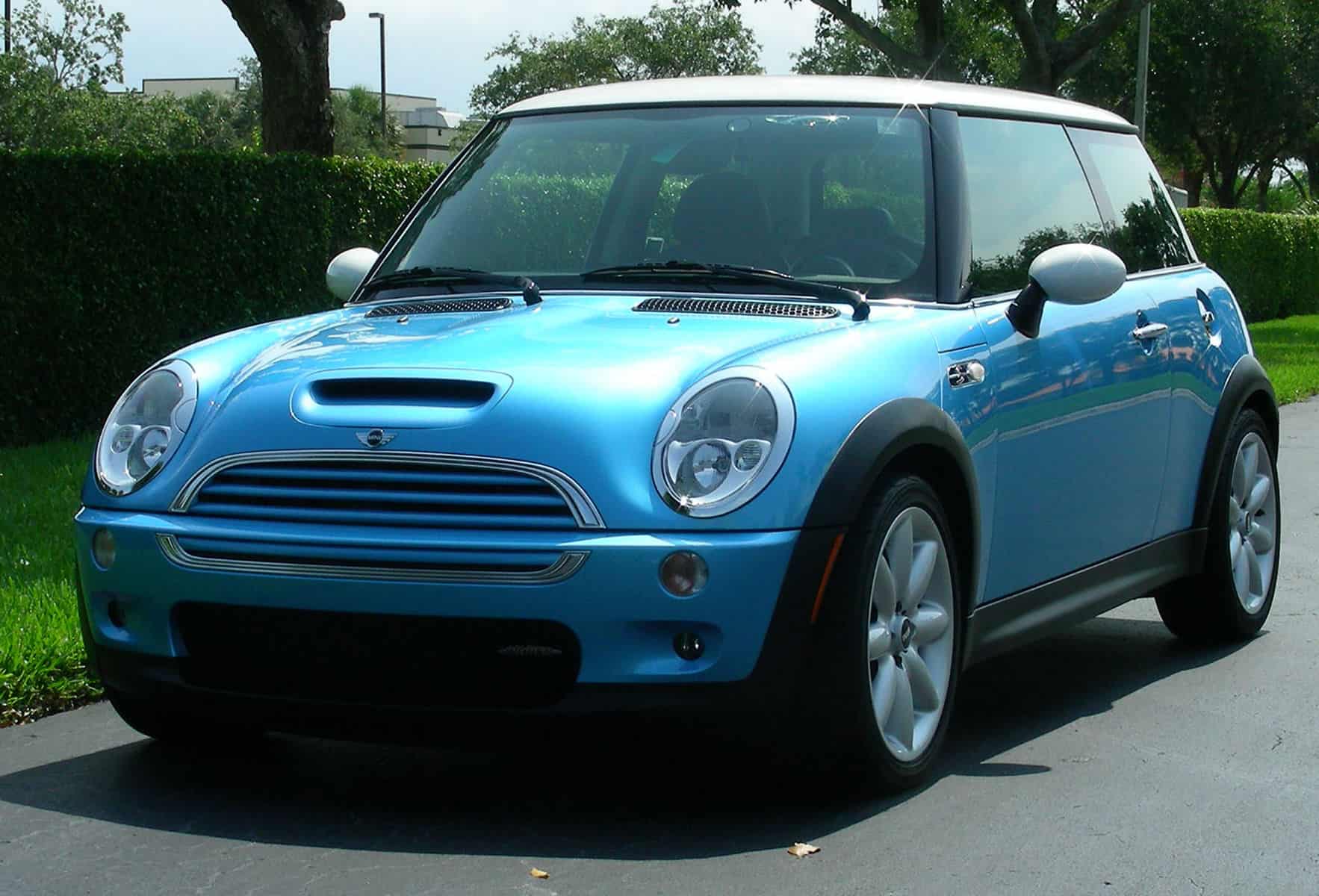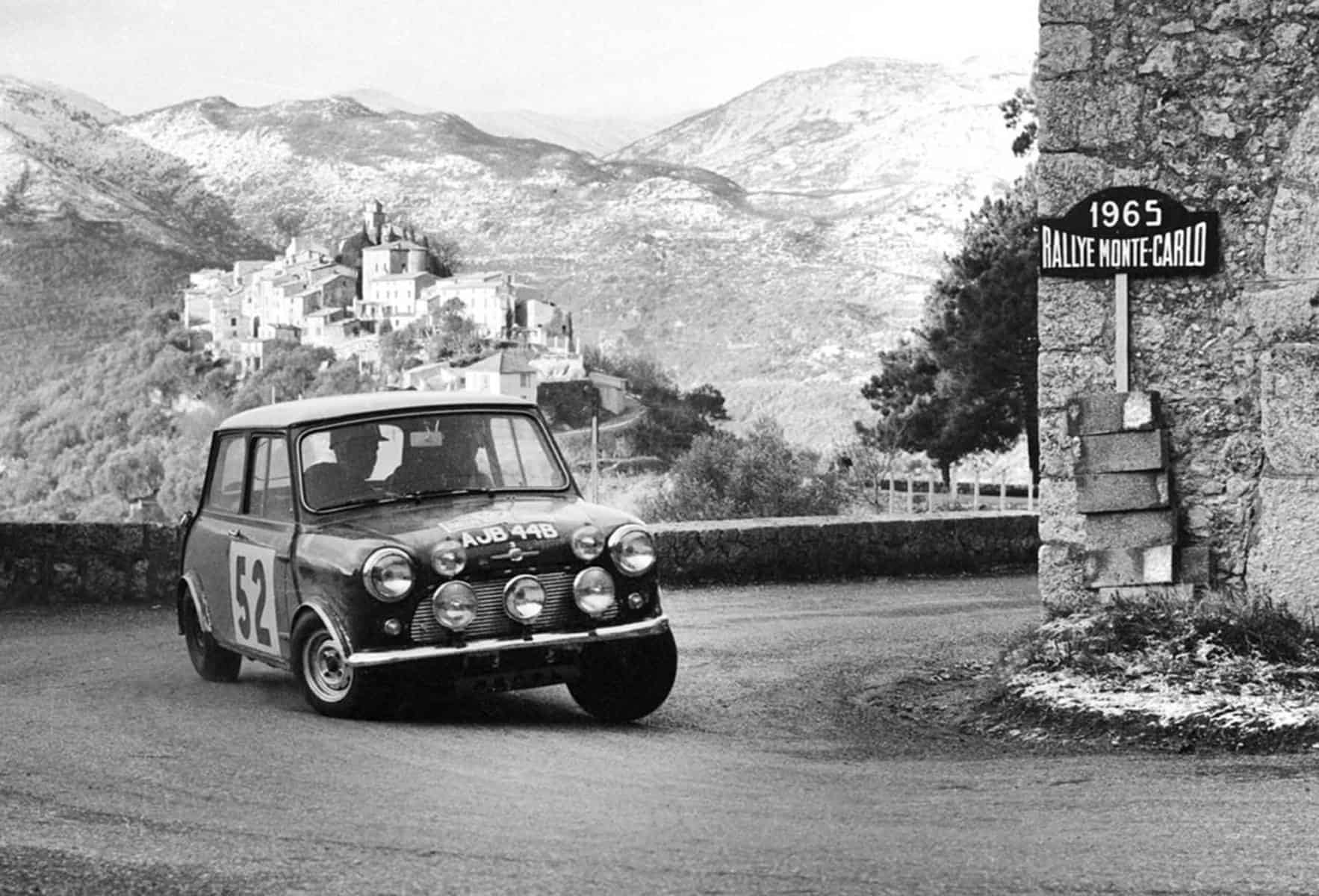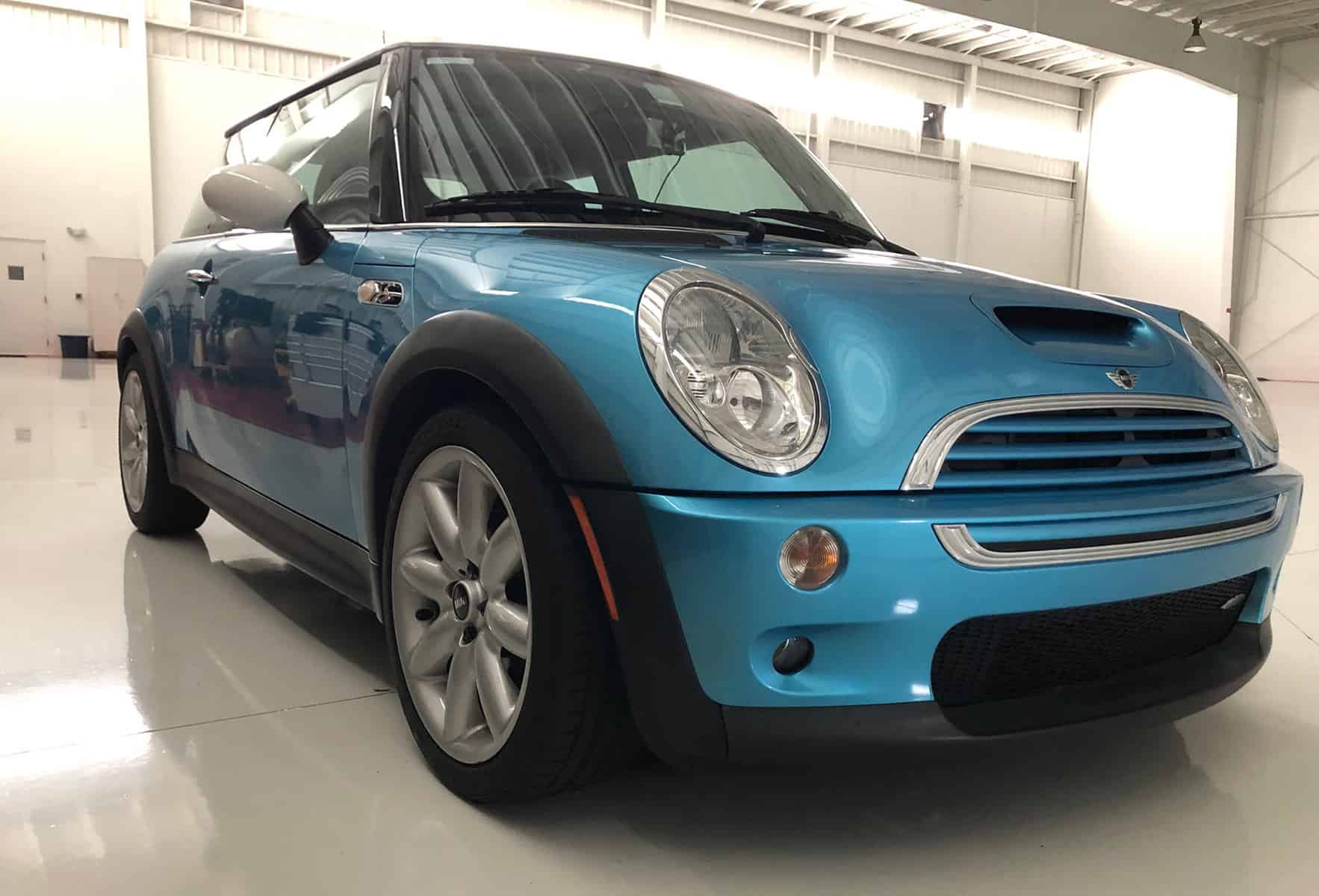My 2002 Mini Cooper S
A relationship of mutual convenience.
BY: MILES C. COLLIER
For the last eighteen years, I have been driving a 2002 Mini Cooper S. I have never had much truck with new stuff, whether cars, socks, or wives, and so, like my long-suffering and dear wife, my Mini continues in active service.
Once, it was the recipient of thumbs up and other expressions of approbation because of its novelty. As a 2002 Cooper S, it was one of the first Minis to hit the streets, and arguably the first S in town.
Eighteen years later, it was the recipient of an equal measure of disapprobation, being declared persona non grata by the local Mini dealer due to its advancing age. Where once it may have been the first S in the area, clearly it is now among the last of the supercharged ones; which, in the eyes of the dealer, is good riddance.
As with all car guys of my vintage, my experience with Minis runs back to the 1960s. My acquaintance with the original, boxy, little front-drive cars sporting tiny, clown-car, 10-inch diameter wheels was made through my car-crazy cousin’s two friends, Hugo and John, both of whom owned hot-rodded Mini Coopers with which they drove about Essex, Connecticut, with careless bravado. I still own a couple of Mk I Minis myself, the ones with sliding instead of wind-up windows. One is heavily souped up with a full roll-cage, 140 horsepower, fuel-injected 1380 cc engine, five-speed Jack Knight gearbox, and four-wheel disc brakes. My connection to the modern, BMW-produced Mini is, therefore, based on a long-standing appreciation of Mini-ness – if there is such a word. Naturally, when the hot, new, supercharged, high-performance S model Mini appeared in 2002, I had to have one.
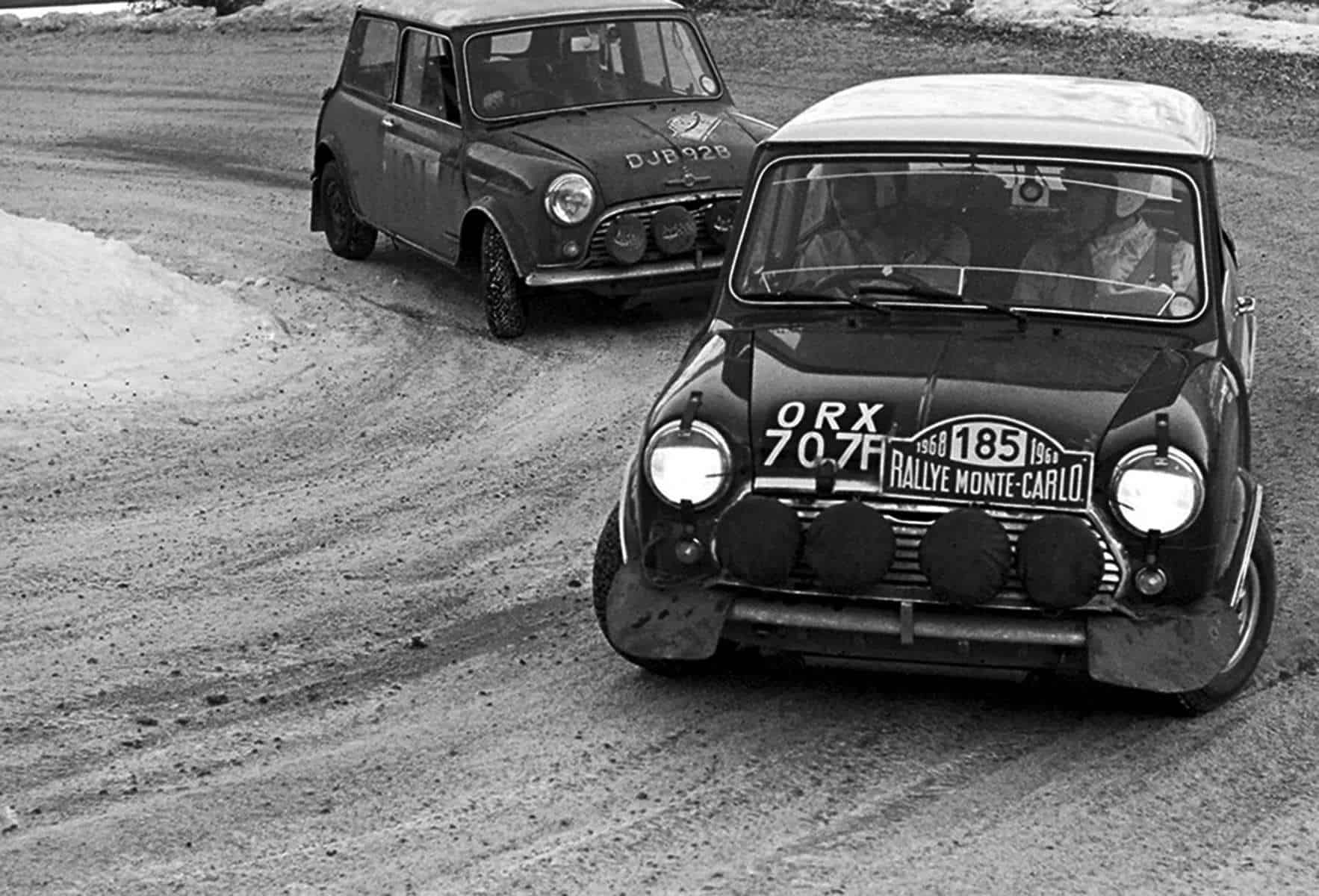
Now almost two decades after acquiring my modern Mini, I have no desire for change. She has become as comfortable as some of my disreputable dress shoes: polished for a parade, but disintegrating withal. The early Mini, the one with the supercharger, is the one to have. Mine has been remarkably trouble-free aside from her appetite for tires mostly caused by the quality of my pilotage. Under the rubric that “speed costs money, and more speed costs more money,” she consumes enough high-test gas to bankrupt a Saudi oil sheik. Happily, the relationship has been gratifyingly free of mechanical calamity.
Of course, as the earliest Mini model, all is not perfect. The seat back releases are diabolical devices that seize up periodically when the seat back is laid forward. Even after twenty years, I have yet to find the proper sequence of moves to restore order other than blue language and frenzied tugging while operating the lever. Back when I was still received by the dealer, the response to this complaint was invariably, “Yes, that’s a problem with the 2002s. Let me show you the (insert the current year) model with the improved mechanism.”
I prefer old cars to new. Fortunately, my taste for old, dissipated, and worn automobiles has stood me in good stead. My Mini recapitulates the wisdom of this approach to buying automobiles on a daily basis. No, it is not the repository of important or moving life-experiences as are some of my other old cars, nor has it been a partner in deeds of automotive derring-do. It is merely my old companion in mundane mobility around Naples, Florida. However, it is growing perceptibly older, just as I am, but unlike me, many of its more dubious components can be repaired with new bits.
Even so, my Mini gives me pause to wonder how much longer it will continue. The interior materials are the first to foreshadow the coming dissolution. The roof liner has already fallen down due to the material’s foam backer disintegrating. Fortunately, a local trim shop was able to put that right invisibly. The red plastic seat belt release buttons are turning a nasty shade of pinkish gray, and the upholstery around the seat back hinges is tearing. I have worn all the silver paint off the molded door pull on the driver side, revealing the white plastic beneath. And yet these signs of mortality are also a testament to our enduring relationship. The emerging signs of age, despite good maintenance and garaging, remind me that she, too, is an archaeological automobile recording daily the passage of miles and years in her corporeal fabric.
Here’s to the next twenty years.
